Ascension Island
 Ascension Island is situated in the tropical South Atlantic surrounded by an Exclusive Economic Zone covering over 440,000 square kilometres that supports globally important marine life including large predators and green turtles.
In 2019, the Ascension Island Council agreed the designation of their entire Exclusive Economic Zone as a no take Marine Protected Area. The Blue Belt Programme worked with the Ascension Island Government to progress their marine management and action plan to help ensure that key species, habitats, and ecological processes are protected and conserved.
To read more about the Blue Belt Programme in Ascension Island, click here.
British Antarctic Territory
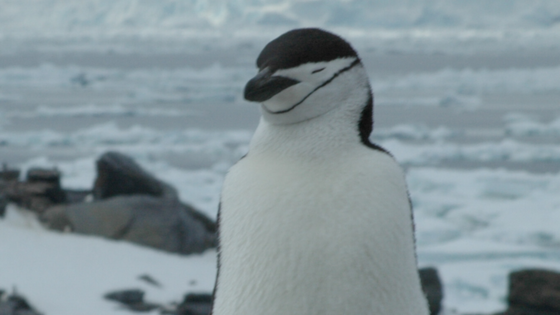 The waters around the British Antarctic Territory are amongst the most productive in the Southern Ocean, supporting large populations of krill, which feed larger predators, such as baleen whales, penguins and seals.
Over the past year the Blue Belt Programme has continued their partnership with the British Antarctic Survey on marine science and advice on management in the British Antarctic Territory.
To read more about the Blue Belt Programme in British Antarctic Territory, click here.
British Indian Ocean Territory
 The British Indian Ocean Territory (BIOT) is in the central Indian Ocean surrounded by a 640,000 square kilometre maritime zone. BIOT’s small islands and atolls support globally significant biodiversity.
The Blue Belt Programme continues to provide valuable intelligence in support of a multi agency operation involving Marine Resource Assessment Group (MRAG), BIOT Administration and the European Maritime Safety Agency (EMSA), to intercept, detain, and prosecute vessels fishing illegally in BIOT’s Exclusive Fishing Zone.
In 2019, the Blue Belt Programme supported the BIOT Administration in the collection of water samples from around Diego Garcia which will act as a baseline for future monitoring of the waters around Diego Garcia ensuring that the pristine environment is well managed and protected.
To read more about the Blue Belt Programme in BIOT, click here.
Pitcairn Islands
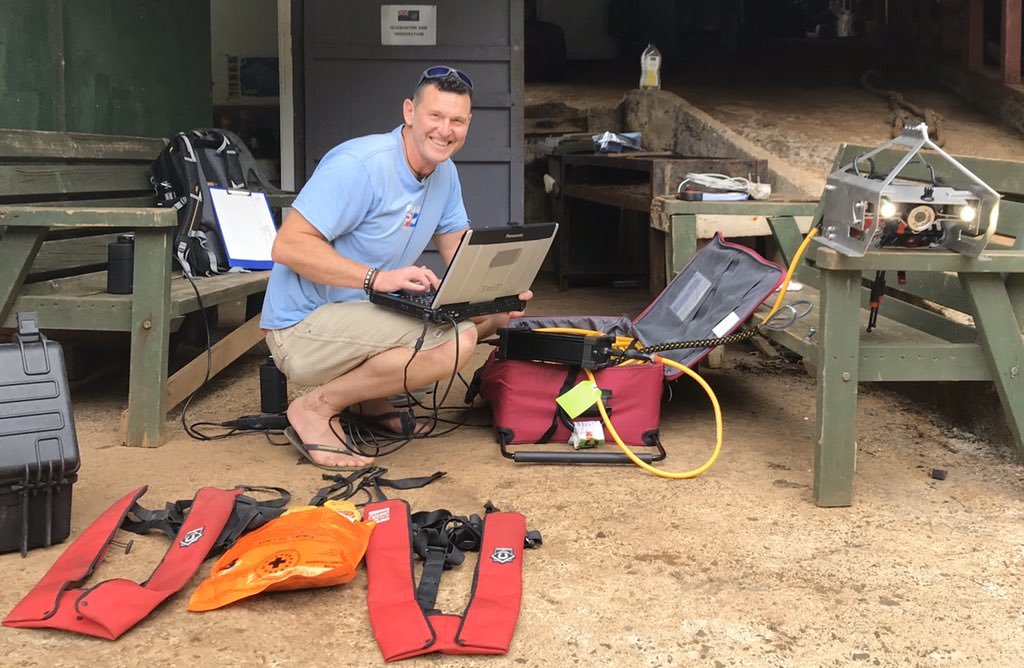 The Pitcairn Islands are in the South Pacific Ocean with one of the largest Exclusive Economic Zones in the world and are home to a range of biodiversity from hundreds of species of fish to exceptionally preserved coral ecosystems.
Over the last year the Blue Belt Programme supported the Government of the Pitcairn Islands to develop a management plan for their Marine Protected Area, with a draft shared with the local community for feedback.
In January, the Blue Belt Programme undertook surveys on marine habitats and the health and extent of coral communities, using satellite imagery and a drop-down camera system. As well as helping to manage the waters around Pitcairn, the Blue Belt team trained local staff and community members in monitoring techniques.
With funding and help from the Blue Belt Programme, training was delivered for local people to put the Pitcairn Islands’ whale watching code of conduct into action. An interpretation board will soon be available for visitors.
To read more about the Blue Belt Programme in Pitcairn, click here.
St Helena
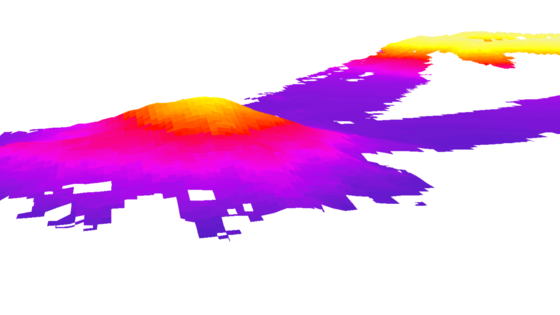 St Helena’s waters support a range of marine life including endemic and migratory species such as whale sharks, humpback whales and turtles.
Over the past year, the Blue Belt has Provided advice on fishing policy and supported development of policy and legislation to help St Helena, Ascension Island and Tristan da Cunha effectively manage and enforce their waters.
The communities of small islands in St Helena rely heavily on fisheries with the St Helena Government appointing a new Marine Enforcement Officer this year with funding provided by the Blue Belt Programme.
In December 2019, an underwater mountain in St Helena was added to a global map of the seafloor by the International Hydrographic Organisation. The underwater structure, known as a seamount, is twice the height of the UK’s tallest mountain.
To read more about the Blue Belt Programme in St Helena, click here.
South Georgia & the South Sandwich Islands
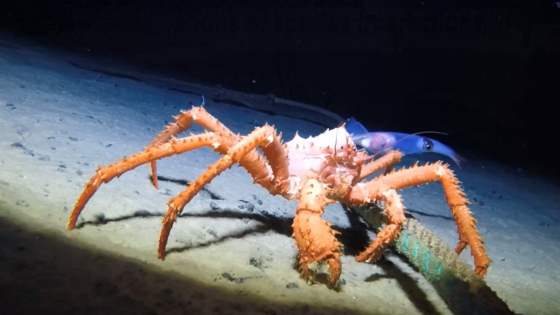 South Georgia & the South Sandwich Islands (SGSSI) are a sub-Antarctic archipelago in the Atlantic sector of the Southern Ocean with a Marine Protected Area covering over 1.2 million square kilometres.
The Belt Programme has conducted several projects in the territory. The 2019 RRS Discovery Expedition 99 to the South Sandwich Islands produced a wealth of data which will be used to develop models which predict and map areas around the islands that are likely to contain vulnerable species.
Sustainable fisheries are very important to SGSSI and the Blue Belt has supported the Government of SGSSI develop a compliance and enforcement framework to support implementation of the legislation for toothfish, icefish and krill. A multi-agency approach to tackling Illegal Unregulated and Unreported fishing in SGSSI led to an international response with support and advice from the Blue Belt team.
To read more about the Blue Belt Programme in SGSSI, click here.
Tristan da Cunha
 Tristan da Cunha is an isolated archipelago in the South Atlantic, comprising four main islands and an Exclusive Economic Zone covering over 750,000 square kilometres. Many species in Tristan da Cunha’s highly productive waters are endemic, having evolved in complete isolation.
In the last year, the Blue Belt Programme worked closely with the Tristan da Cunha Island Council and external partners to inform their decision on a marine protection strategy and produced several advisory reports. In 2020 the Tristan da Cunha Island Council will make a decision based on how to protect Tristan da Cunha’s important marine biodiversity and features.
The fisheries patrol boat for Tristan da Cunha, Wave Dancer, is one of the island’s most important assets. The Wave Dancer was transported to the UK for refurbishment in 2018 arriving back in Tristan da Cunha in December 2019. The vessel is now back in action patrolling the northern islands, serving as a platform for scientific studies and providing the community with an emergency response vessel.
To read more about the Blue Belt Programme in Tristan da Cunha, click here.
Cross Territory
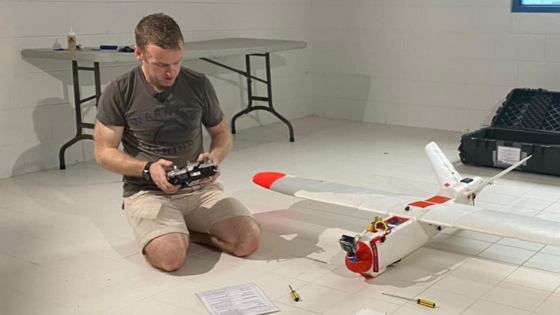 Much of the work of the Blue Belt Programme applies across several, or all, of the UK Overseas Territories (UKOTs). The Blue Belt Programme works in partnership with agencies, non-government organisations and local communities to develop, implement and enforce marine management strategies within UKOT waters.
Supporting marine biosecurity toolkits guidance, developing environmental databases for Tristan da Cunha and St Helena and using satellite surveillance to monitor Illegal, Unreported Unregulated, fishing- are just some of the examples of Blue Belt work over the past year. The Blue Belt programme has created a Blue Belt Surveillance and Intelligence Hub - a centralised point to collate, analyse and disseminate intelligence to the UK Overseas Territories.
The Blue Belt Programme is collaborating with the Zoological Society of London (ZSL) to trial long-range unmanned aerial vehicles (UAVs) for maritime surveillance. Over the past year, trials have taken place in the British Indian Ocean Territory and Uganda. The trials highlighted both the potential and the challenges that drones offer.
The programme has focused on producing individual technology roadmaps for each UK Overseas Territories. The roadmaps look at current and future technologies the UK Overseas Territories may want to adopt to support the management of their marine waters.
To read more about the Blue Belt Programme Cross Territory work, click here.
You can subscribe to future editions of the Blue Belt Programme newsletter here. Help us share the Blue Belt annual update on twitter here or watch this short video to learn more about the programme.
|